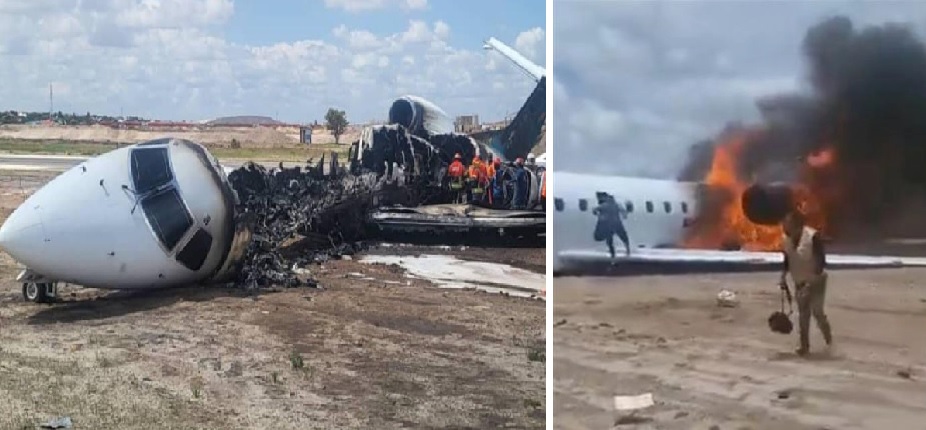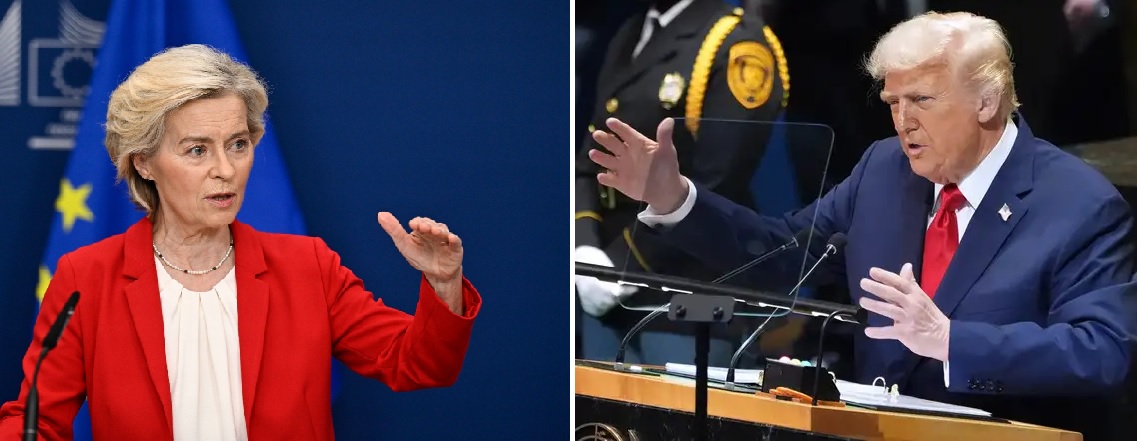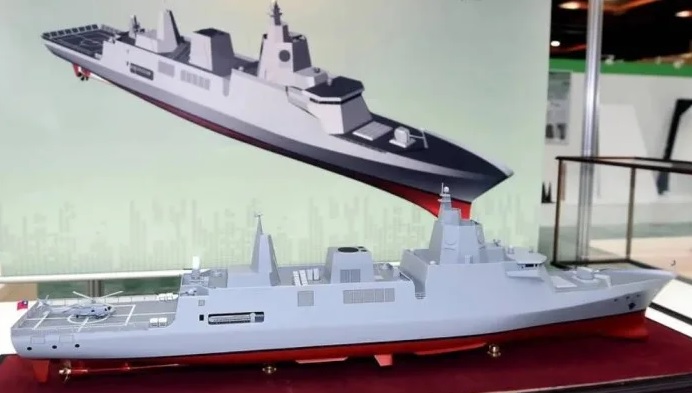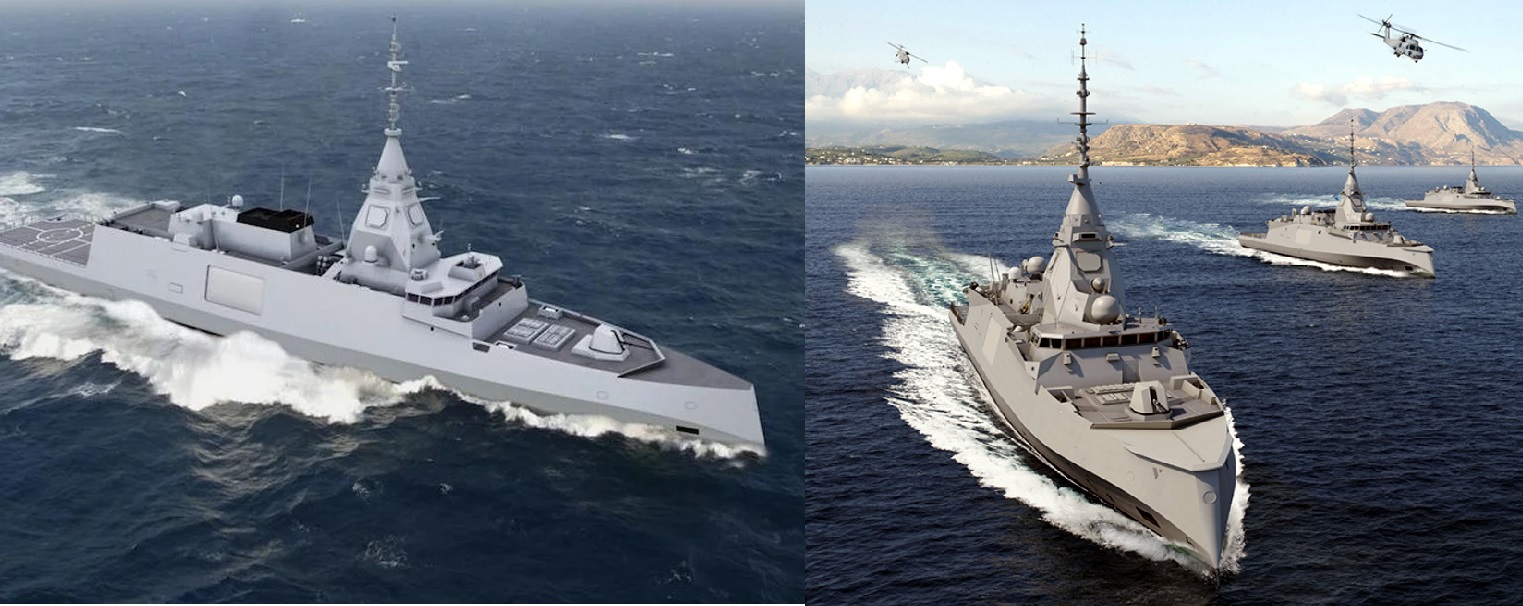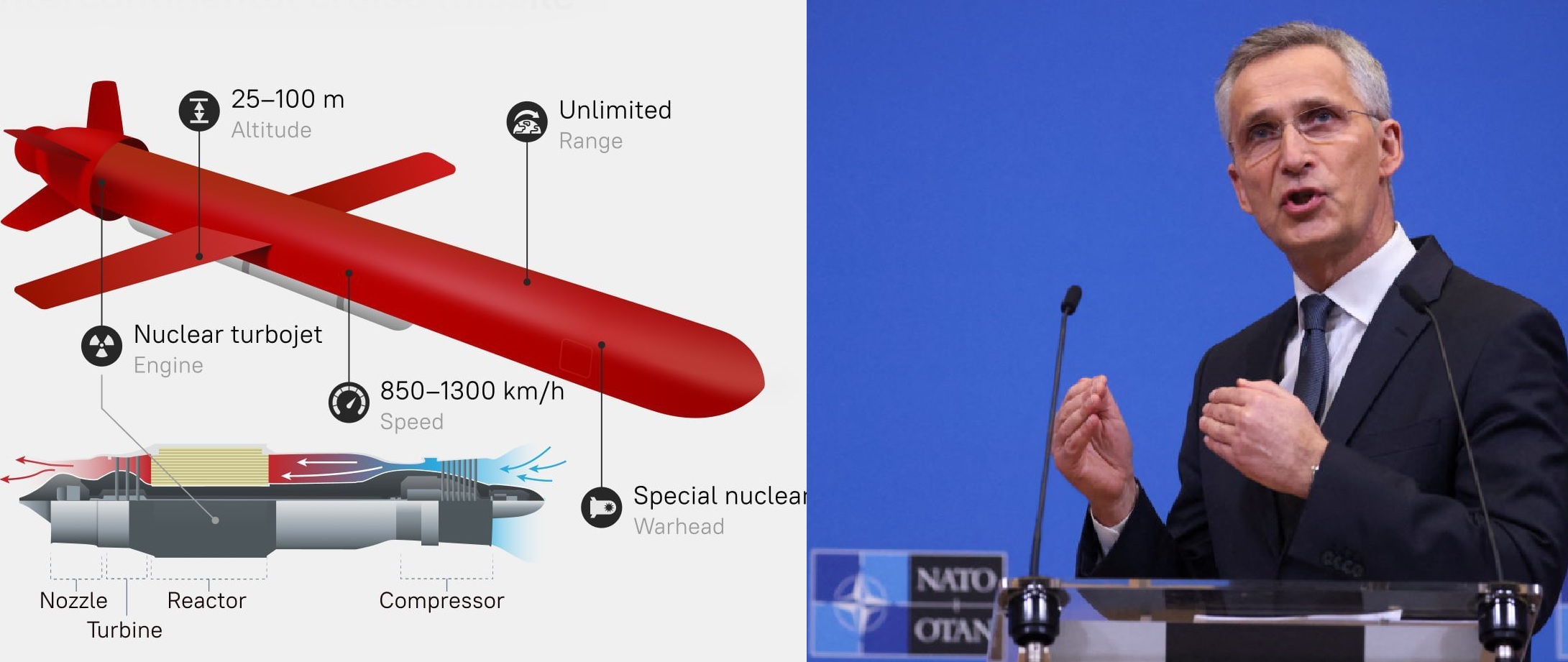Poland Receives New Batch of K9A1 Howitzers, Fleet Surpasses 200
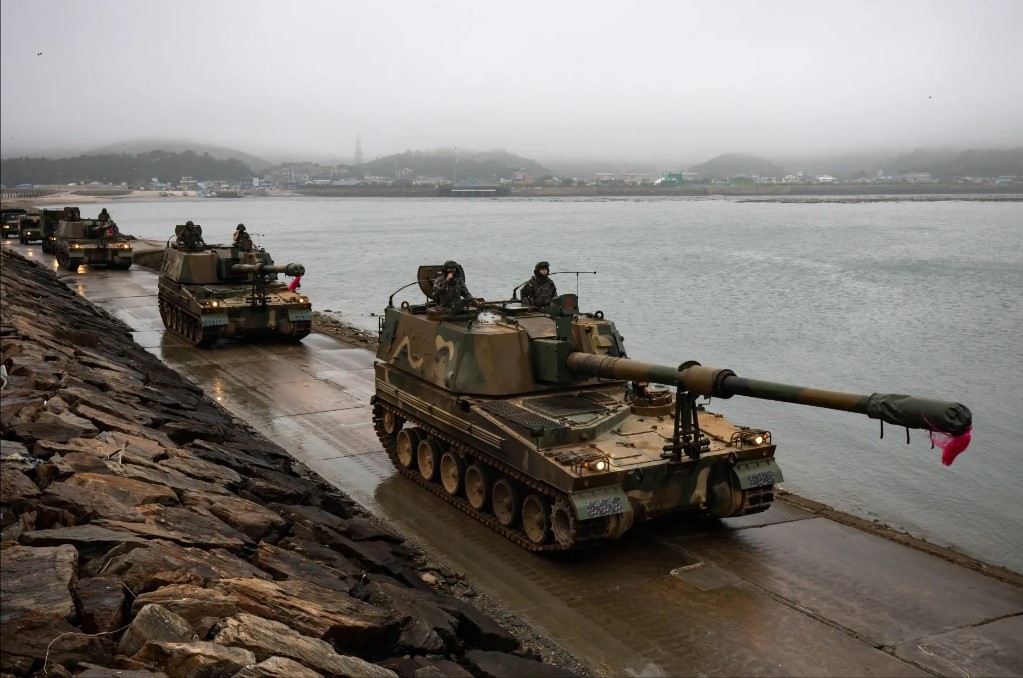
South Korea’s Hanwha Aerospace has delivered another batch of 21 K9A1 self-propelled howitzers to Poland, the Polish Ministry of National Defence confirmed this week. The shipment pushes the total number of K9 guns in Polish service past 200, marking a major milestone in one of Europe’s largest ongoing artillery modernization programmes.
A Contract Built for Speed and Scale
The new delivery is part of an executive contract signed in August 2022, a landmark agreement worth 2.4 billion dollars for 212 K9A1 howitzers scheduled for handover between 2022 and 2026. The deal was initiated under Poland’s accelerated defence procurement drive following Russia’s invasion of Ukraine, prioritizing fast-track delivery of advanced fire-support systems.
Hanwha’s rapid production, paired with Poland’s urgent requirement to replenish artillery lost in transfers to Ukraine, has made the K9A1 a central component of Warsaw’s short-term capability reinforcement plan.
A Second Deal, and a Bigger Vision
By the end of 2023, the momentum was undeniable. Poland returned to the negotiating table and sealed a second, even larger agreement — this time worth 2.6 billion dollars.
This new contract included:
-
Six more K9A1s,
-
And 146 K9PLs, a variant custom-built for Poland with Polish electronics, Polish communications gear, and Polish support systems.
The K9PL wasn’t just another purchase. It was a sign of where Poland wanted to go: toward domestic production, local expertise, and eventually an artillery fleet that could be sustained without relying on foreign workshops.
A Framework for the Future: 672 Guns
Behind the signed contracts lies an even broader vision. In July 2022, Poland and Hanwha agreed on a framework for up to 672 K9 howitzers — enough to radically transform the firepower of the Polish Armed Forces.
Nothing on that scale has been attempted in Europe since the Cold War ended.
But there is a condition:
Poland wants technology transfer, and not in small doses. Warsaw wants its own factories assembling, maintaining, and eventually producing the K9 family.
A senior defence official put it bluntly:
“If Hanwha can build the future of Polish artillery inside Poland, then we will buy more. If not, we will look elsewhere.”
Negotiations are ongoing.
Replacing the Old, Reinforcing the New
The arrival of more than 200 K9A1s has already started to reshape Poland’s artillery structure.
The new guns are expected to:
-
Replace the remaining Soviet-era 2S1 Gvozdikas,
-
Strengthen brigades that have given up equipment to Ukraine,
-
And serve alongside the domestically produced KRAB howitzer, which itself uses a Korean chassis.
The KRAB production line, stretched thin after large donations to Ukraine, cannot meet Poland’s short-term needs alone — making the K9A1 a crucial reinforcement.
Why Poland Chose the K9
Poland’s decision to move forward with the K9 family of self-propelled howitzers stemmed from the platform’s clear battlefield advantages. The K9A1 fires 155mm NATO-standard ammunition, giving Polish artillery units full compatibility with allied supply chains. Its high mobility allows crews to fire and relocate in under a minute, a critical capability in modern warfare where counter-battery radars can pinpoint positions within seconds.
The system’s range of more than 48 kilometres, especially when paired with advanced precision-guided rounds, gives Poland the ability to strike deep and respond rapidly to emerging threats. Beyond its technical strengths, the K9 has built a strong reputation worldwide, proving itself in multiple militaries and harsh operational conditions.
For Poland, which is expanding and reequipping its artillery at a pace unmatched in Europe, the K9 offered something vital: a modern, combat-ready system that could be delivered immediately, not years down the line. This combination of performance, reliability, and rapid availability made it the obvious choice for a country racing to strengthen its firepower.
Toward Europe’s Most Powerful Artillery Force
As the latest shipment rolled off the transport ship, Polish crews moved with practiced efficiency, preparing each howitzer for integration into service. The scene has become almost routine now — the clank of metal on metal, instructions echoing across the port, and the flags of Poland and South Korea fluttering together in the wind. Yet beneath that familiar rhythm lies something far more significant.
With every arrival, Poland is doing more than simply adding new artillery pieces to its arsenal. It is rebuilding its deterrence, reshaping its defence industry, and positioning itself as one of NATO’s central pillars of firepower. Each K9 that arrives strengthens not only Poland’s immediate military capabilities but also its long-term strategic identity.
And with the possibility of hundreds more K9 systems still to be ordered under the broader framework agreement, Poland is steadily forging a future in which its firepower, its industrial base, and its partnerships stand stronger than at any time in its modern history.
✍️ This article is written by the team of The Defense News.
